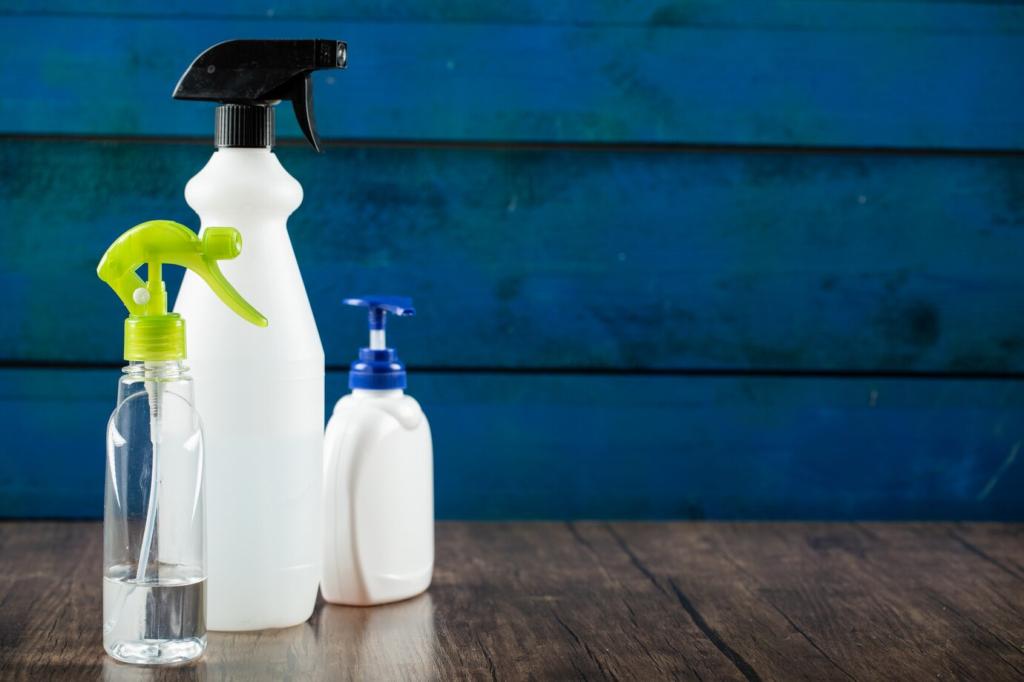Safe and Effective Natural Dusting Techniques
Chosen theme: Safe and Effective Natural Dusting Techniques. Welcome to a friendly, practical space where we share gentle, chemical-free methods that protect your surfaces, your air, and your loved ones—while keeping your home beautifully dust-free.
Why Natural Dusting Matters for Your Home and Health

Understanding Household Dust
Dust is a mix of skin cells, fabric fibers, pollen, soot, and microscopic fragments that settle everywhere. Removing it safely reduces allergens, improves breathing comfort, and preserves finishes without introducing unnecessary chemical residues.

Natural vs. Chemical: Safety First
Natural dusting techniques favor gentle, low-toxicity ingredients and mechanical capture. They minimize aerosolized particles, protect kids and pets, and reduce fragrance overload that can irritate airways—especially critical for households managing asthma or allergies.

The High-to-Low Principle
Work from ceiling to floor so gravity becomes your ally. Start with fans, shelves, and frames, then move down to furniture and baseboards, finishing with a thorough HEPA vacuum to capture what your cloths and brushes released.
Essential Tools for Natural Dusting
Tightly woven microfiber cloths excel at grabbing fine particles with minimal moisture. Keep a few cotton options for delicate finishes. Lightly dampen with distilled water, then launder without fabric softener to maintain their electrostatic grip.


Essential Tools for Natural Dusting
Goat-hair brushes gently detail picture frames, lampshades, and carved wood. Ostrich feather dusters float over books and plants without scratching. A soft, natural-bristle paintbrush reaches vents and keyboards, guiding dust toward a damp cloth or handheld HEPA nozzle.
Safe Homemade Dusting Sprays and Wipes
Combine one cup distilled water, half a cup white vinegar, and a drop of mild soap in a spray bottle. Mist onto cloth, not surfaces. Wipe, then buff dry. Patch-test first and avoid unsealed or sensitive finishes.
Room-by-Room Natural Dusting Strategies
Dust ceiling fans with a pillowcase to trap debris. Glide over blinds with a damp cloth, detail electronics with a soft brush, and launder bedding weekly. Consider anti-static routines to reduce cling on screens and entertainment centers.

Allergy- and Asthma-Safe Dusting Habits
Lightly moisten cloths so they capture dust instead of launching it into the air. Fold your cloth into quadrants, switching to a clean side frequently, and rinse often to remove captured allergens before they redeposit elsewhere.
Allergy- and Asthma-Safe Dusting Habits
Finish with a sealed HEPA vacuum to collect ultrafine particles from floors and upholstery. Avoid open windows during high-pollen hours. Pre-vacuum textured fabrics so your damp cloth can focus on fine detailing, not embedded debris.
A Weekly Rhythm That Sticks
Assign a room to each weekday and reserve a short weekend reset. Wash microfibers in cool water without softeners, and line-dry to preserve their grip. Tell us your schedule trick, so others can borrow your smart rhythm.
A Reader’s Story: Breathing Easier
Maya switched from perfumed sprays to damp dusting, microfiber, and a simple vinegar mix. Within weeks, night coughing eased, and her wooden shelves looked richer. Share your before-and-after moment to encourage someone starting today.
Join the Conversation and Keep Learning
Subscribe for new natural dusting ideas, seasonal checklists, and reader-tested tips. Comment with your trickiest surface or a favorite cloth brand. Your questions help shape our next guide—together we make clean, safe, and simple stick.

